Geshe Yeshe Thabkhe
Geshe Yeshe Thabkhe was born in 1930 in Lhokha, Central Tibet and became a monk at the age of 13. After completing his studies at Drepung Loseling Monastery in 1969, he was awarded Geshe Lharampa, the highest degree in the Geluk School of Tibetan Buddhism. He is an emeritus professor at the Central Institute of Higher Tibetan Studies and an eminent scholar of both Madhyamaka and Indian Buddhist studies. His works include Hindi translations of The Essence of Good Explanation of Definitive and Interpretable Meanings by Lama Tsongkhapa and Kamalasila's commentary on the Rice Seedling Sutra. His own commentary, The Rice Seedling Sutra: Buddha’s Teachings on Dependent Arising, was translated into English by Joshua and Diana Cutler and published by Wisdom Publications. Geshela has facilitated many research works, such as a complete translation of Tsongkhapa’s The Great Treatise on the Stages of the Path to Enlightenment, a major project undertaken by the Tibetan Buddhist Learning Center in New Jersey where he teaches regularly.
Featured Series
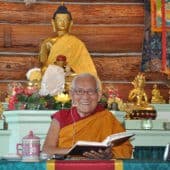
Aryadeva’s 400 Stanzas with Geshe Yeshe Thabkhe (2013-17)
Teachings by Geshe Yeshe Thabkhe on Aryadeva’s Four Hundred Stanzas on the Middle Way given at Sravasti Abbey and Tibetan Buddhist Learning Center, New Jersey. With interpretation into English by Joshua Cutler.
View Series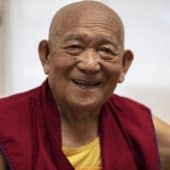
Pramanavarttika with Geshe Yeshe Thabkhe (2018–21)
Geshe Yeshe Thabkhe teaches Dharmakirti's commentary on Dignaga's Compendium on Valid Cognition. With interpretation into English by Joshua Cutler and Katrina Brooks.
View SeriesFeatured Posts
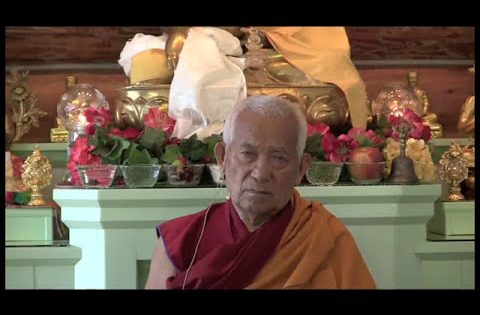
Chapter 4: Verses 90–100
What does it take to be an ethical leader? Is it appropriate f...
View Post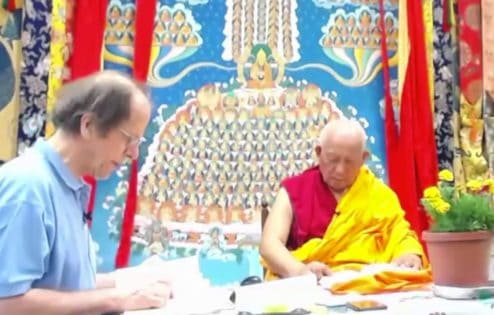
Proving past and future lives
Verses proving the existence of past and future lives over whi...
View Post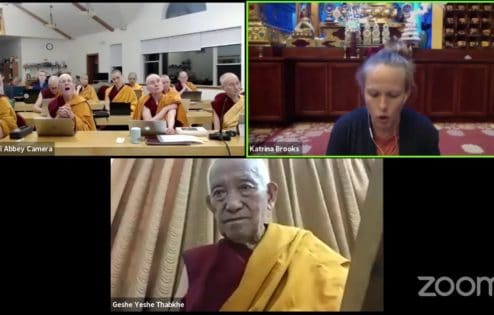
The sixteen aspects of the four truths
How the sixteen aspects of the four truths contradict the sixt...
View PostView Posts
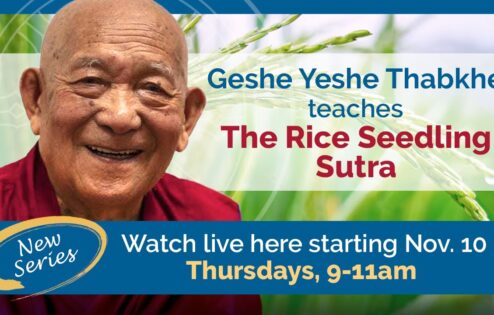
The importance of understanding dependent arising
Teaching on the importance of dependent origination and its relationship to emptiness.
View Post
Unifying method and wisdom
Review of how to meditate on emptiness and continuation of teaching on how to unify…
View Post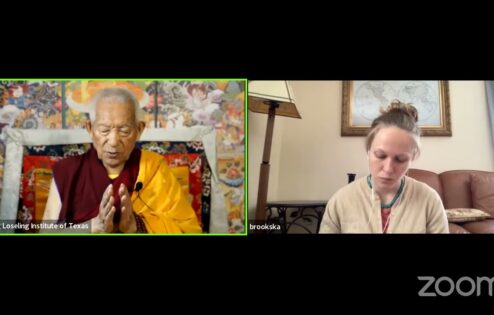
Meditation on emptiness
Instructions on how to meditate on the emptiness of phenomena, the mind, and the characteristics…
View Post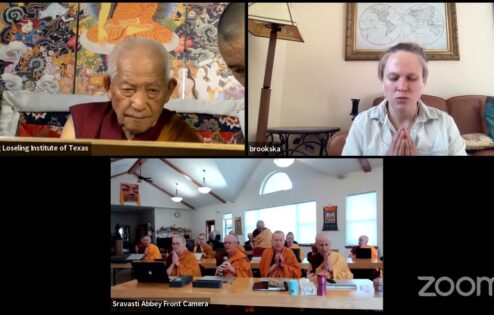
The selflessness of phenomena
How things conventionally exist due to mental designation yet lack inherent existence.
View Post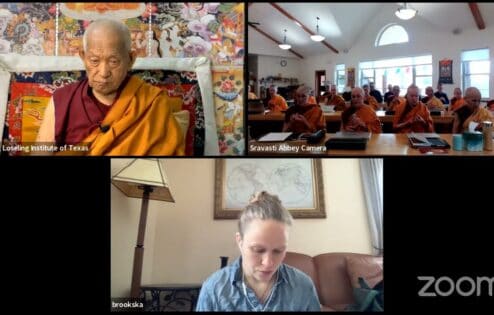
Using logic to prove selflessness
The reasonings refuting external phenomena put forward by the proponents of the Mind-Only School.
View Post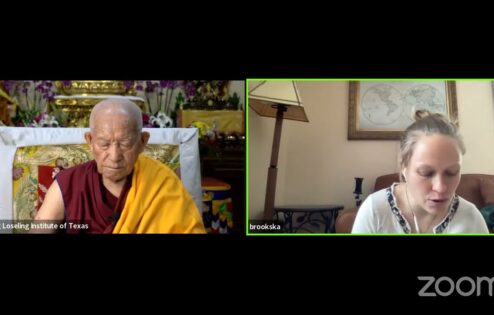
The selflessness of persons and phenomena
How to meditate on the selflessness of persons and phenomenon.
View Post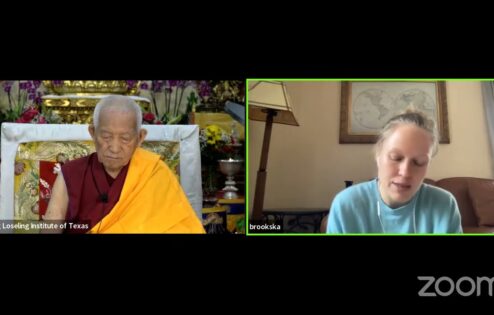
Meditating on the selflessness of persons
How to cultivate special insight by meditating on the selflessness of persons.
View Post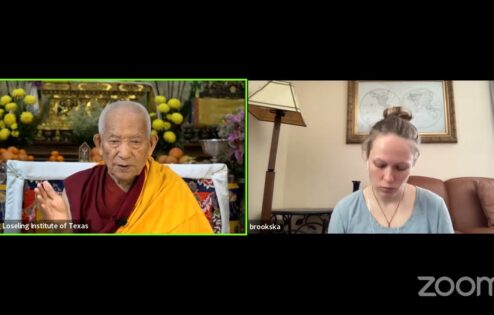
Objects for hindrances to cultivating serenity
The hindrances of dullness and excitement and the antidotes we can apply when these arise.
View Post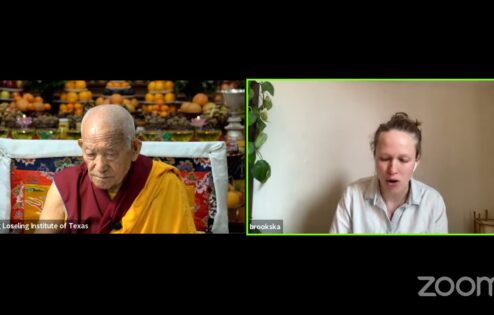
Posture and objects for cultivating serenity
The eight-point Vairocana meditation position and what object to take as your mental object to…
View Post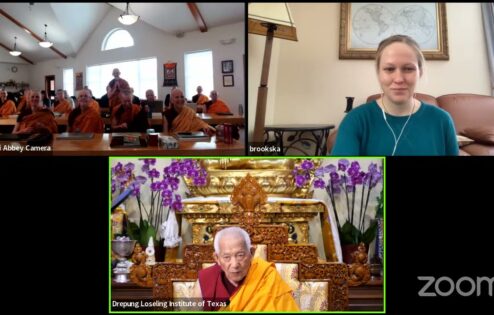
Cultivating special insight and serenity
The prerequisites to cultivate special insight and the preliminary practices condensed in the seven-limb prayer.
View Post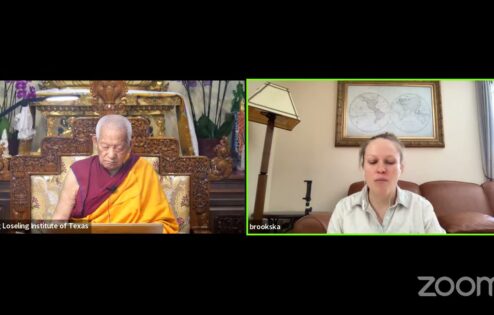
The benefits of bodhicitta
How to develop bodhicitta with the equalizing and exchanging self and others method.
View Post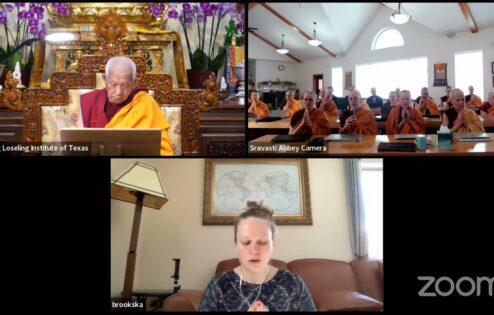
Prerequisites for serenity
What is needed to meditate on serenity and insight? Both are needed equally to attain…
View Post